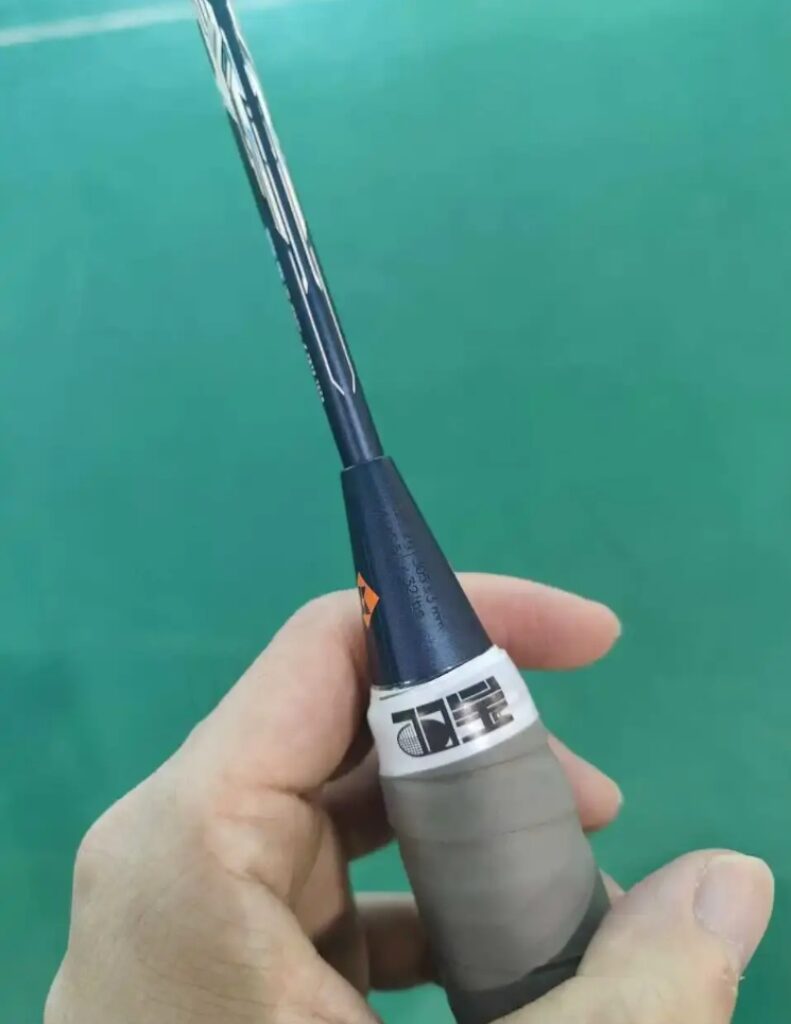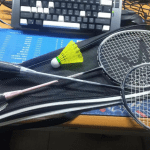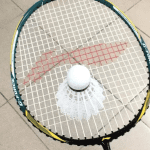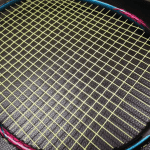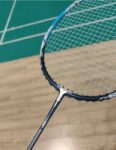
Badminton Racket Kumpoo Shura Reviews
I’ve recently used several rackets from different manufacturers, including some sample models that haven’t been released yet. Among them, the XunFeng Asura left quite a lasting impression. At first, I didn’t find anything particularly outstanding about it, but as I continued to use it, my evaluation of it gradually stabilized.
However, even after reaching a more settled view of its performance, it still hasn’t lived up to the rating it holds in the Badminton Equipment Library in my mind.

Specifications: 4UG5, with bottom cap, total weight in use 92.27g, balance point 305mm, shaft length 220mm, medium stiffness, box frame, 76-hole string bed, 9–3 o’clock string grooves, 30 lbs tension warranty, strung with 26 lbs BN69.
In my mind, the term “Asura” refers to a being close to a demon, exuding a fierce and brutal aura. However, the Asura racket from XunFeng doesn’t quite convey that sense of oppression. Its frame has an asymmetric design, with colors mainly in white, black, and blue. The use of decorative elements and stickers is substantial, yet it doesn’t come across as chaotic. The rich visual signals make it an eye-catching racket, but it doesn’t excel in aggressiveness, falling short of my expectations.
The official weight of the racket is 82g, which is already near the boundary of ultra-light rackets. For such a high-balance racket, its feel does resemble that of an ultra-light racket. Though the racket’s overall weight is average, the head heaviness is quite noticeable, allowing for some power assistance when actively hitting the shuttle. The shaft has medium stiffness, making it relatively easy to drive. In short, sharp movements, the racket’s built-in elasticity is easy to access.
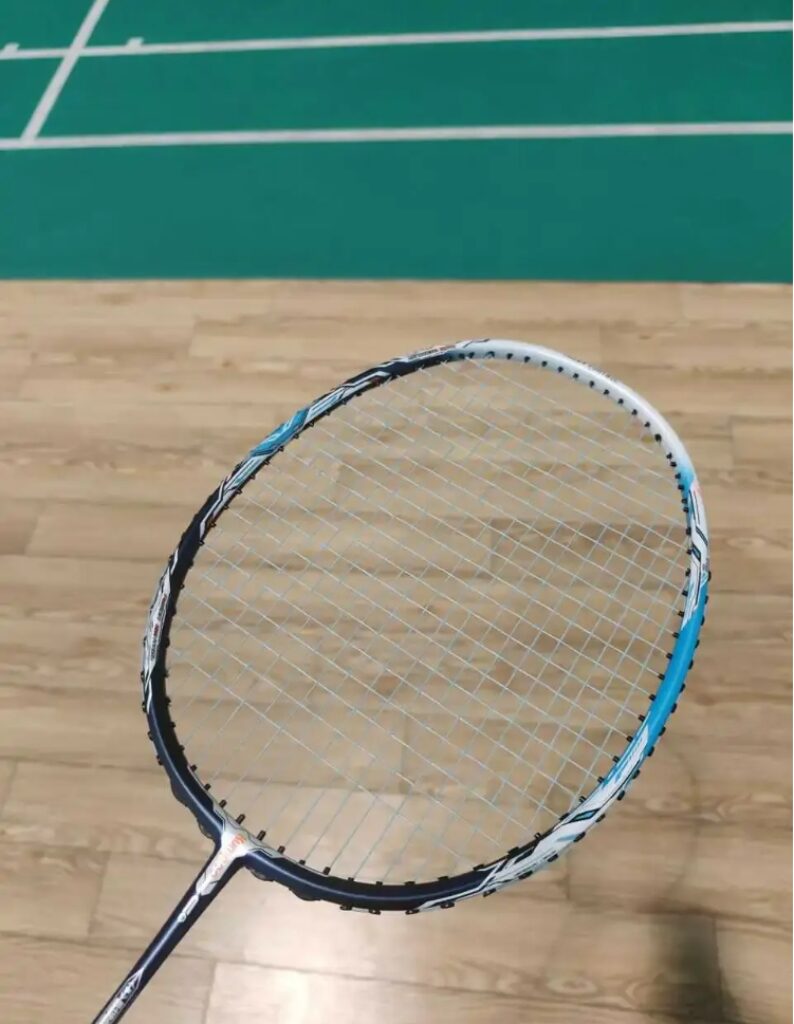
However, I don’t think the Asura’s elasticity surpasses what XunFeng has achieved with their previous flagship models. The racket’s advertised 6.1mm ultra-thin shaft performs at a middling level in my opinion. To put it differently, I would describe the Asura as a “soft” racket—one that offers a pleasant but not remarkable experience.
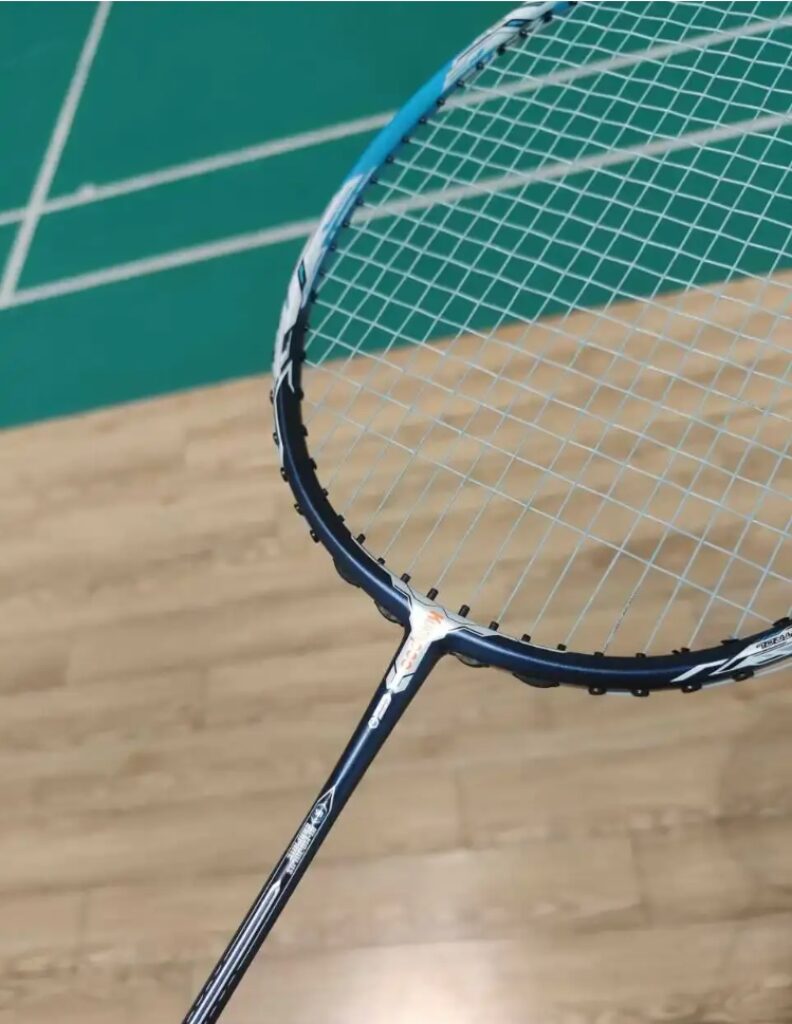
With that said, its elasticity is the key focus when using the Asura. It’s easy to notice its flexibility during fast drives, where the shuttle responds actively, helping in maintaining exchanges during mid-court battles. When you get the chance to attack from the backcourt, it’s better to focus on quick, agile movements to generate power, rather than relying on full-body strength for a powerful smash. The Asura lacks the mass for a decisive backcourt smash, so scoring from the rear will likely require an opponent’s weak defensive formation.
That said, it does have a tendency to feel a bit unstable. When handling delicate shots at the net, I didn’t get a consistent feel with the Asura. In this regard, the provincial team version of the 2300 is much better. However, when dealing with slightly higher shots near the net, the Asura displayed good flexibility and a high tolerance level, offering decent control and touch.
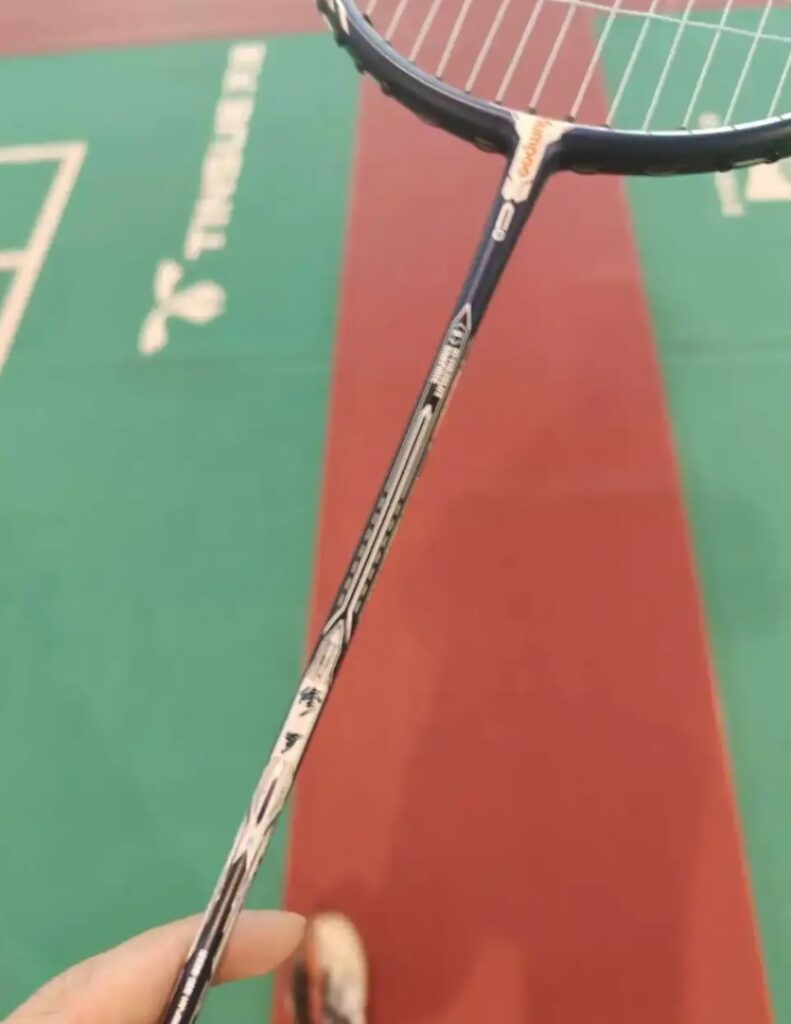
Additionally, the elasticity of the shaft has indeed improved somewhat. This was especially helpful when dealing with defensive shots—whether I was forced to hit a high backhand after being overpowered or handling low backhand shots, the shaft’s flexibility allowed me to make smooth transitions or even recover from bad positions.
This is where the Asura’s charm lies. Despite not being known for swing speed or offensive power, it excels in rallies with high continuity. In other words, it’s more suitable for doubles play.
